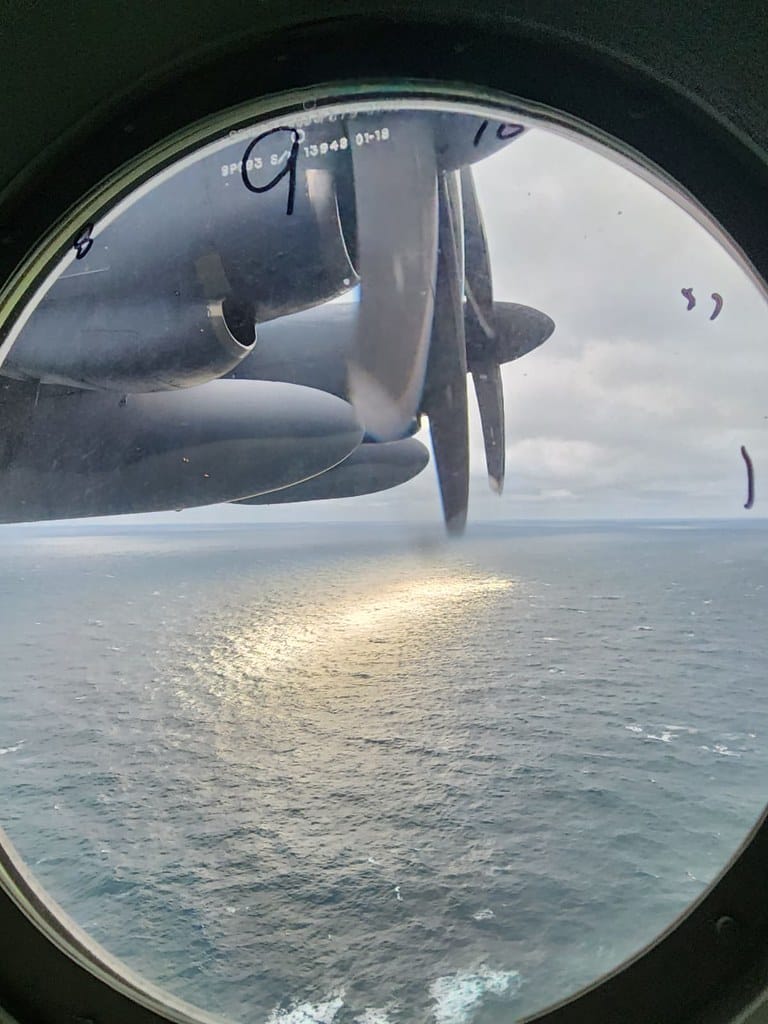Coast Guard Report: Titan Submersible Tragedy Could Have Been Avoided
The catastrophic implosion of the Titan submersible that killed five people during a dive to the Titanic wreckage was a preventable disaster caused by a "culture of noncompliance" and inadequate safety protocols, according to a damning U.S. Coast Guard investigation released this week.
The comprehensive report reveals a pattern of safety shortcuts, ignored warnings, and regulatory failures that culminated in the June 2023 tragedy that shocked the world and raised serious questions about deep-sea tourism safety standards.
A Pattern of Ignored Red Flags
The Coast Guard's investigation uncovered numerous warning signs that were dismissed or overlooked in the lead-up to the fatal dive. Former OceanGate employees testified that they repeatedly raised safety concerns about the Titan's experimental carbon fiber hull design, only to be ignored or, in some cases, fired for their persistence.
Tony Nissen, OceanGate's former engineering director, revealed during testimony that he refused to pilot the Titan himself due to safety concerns. "I'm not getting in it," Nissen reportedly told investigators, citing worries about the submersible's structural integrity.
The report details how OceanGate CEO Stockton Rush, who died in the implosion alongside four passengers, fostered an environment where safety protocols were viewed as obstacles to innovation rather than essential protections.
Critical Design and Manufacturing Flaws
Experimental Hull Construction
The investigation identified the Titan's unconventional carbon fiber and titanium hull as a primary factor in the disaster. Unlike traditional deep-sea vessels that use proven materials like steel or titanium throughout, the Titan employed an experimental design that had never been independently certified for extreme deep-sea conditions.
Coast Guard investigators found that the carbon fiber components showed signs of delamination and fatigue from previous dives, weaknesses that may have been exacerbated by repeated pressure cycles during descent and ascent operations.
Inadequate Testing Protocols
The report reveals that OceanGate conducted insufficient testing of the Titan's structural limits. While industry standards typically require extensive pressure testing and third-party certification for vessels operating at extreme depths, the Titan operated under experimental guidelines that allowed it to bypass many conventional safety requirements.
Regulatory Gaps Exposed
The tragedy highlighted significant gaps in international maritime safety regulations for deep-sea tourism operations. The Titan operated in international waters, creating a regulatory gray area where comprehensive safety oversight was limited.
International Waters Loophole
Because the Titanic wreck lies in international waters approximately 370 miles off Newfoundland, the submersible fell outside the jurisdiction of most national safety agencies. This regulatory void allowed OceanGate to operate with minimal oversight, despite charging passengers $250,000 each for the dangerous journey.
Industry Self-Regulation Failures
The deep-sea tourism industry has largely relied on self-regulation and voluntary safety standards. The Coast Guard report suggests this approach proved inadequate, as competitive pressures and profit motives sometimes override safety considerations.
Victims and Impact
The June 18, 2023 implosion killed all five people aboard: OceanGate CEO Stockton Rush, British billionaire Hamish Harding, Pakistani businessman Shahzada Dawood and his teenage son Suleman, and French Titanic expert Paul-Henri Nargeolet.
The international search and rescue operation that followed captivated global audiences for days before debris from the imploded vessel was discovered on the ocean floor, confirming the worst fears of families and rescue teams.
Preventing Future Tragedies
The Coast Guard's findings have prompted calls for comprehensive regulatory reform in the deep-sea tourism industry. Key recommendations include:
- Mandatory third-party certification for all deep-sea tourism vessels
- Stricter international coordination on safety standards
- Enhanced passenger disclosure requirements about experimental vessel risks
- Regular structural integrity testing protocols
Moving Forward
This preventable tragedy serves as a stark reminder that innovation in extreme environments must never come at the expense of proven safety protocols. The Titan disaster underscores the critical importance of regulatory oversight, independent safety certification, and a culture that prioritizes passenger safety over profit margins.
As the deep-sea tourism industry continues to grow, the lessons learned from this investigation must drive meaningful reforms to ensure that such a preventable loss of life never occurs again. The five lives lost aboard the Titan should serve as a catalyst for an industry-wide commitment to safety that matches the wonder and ambition of deep-sea exploration.
